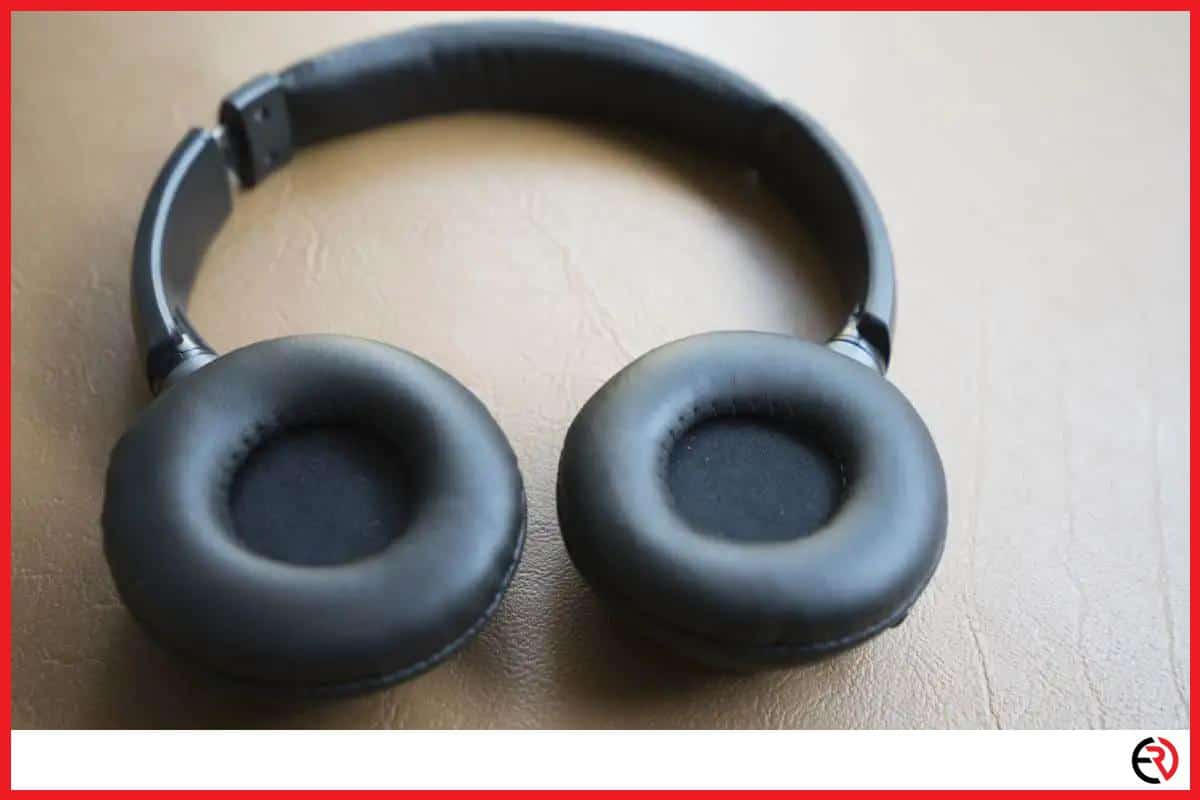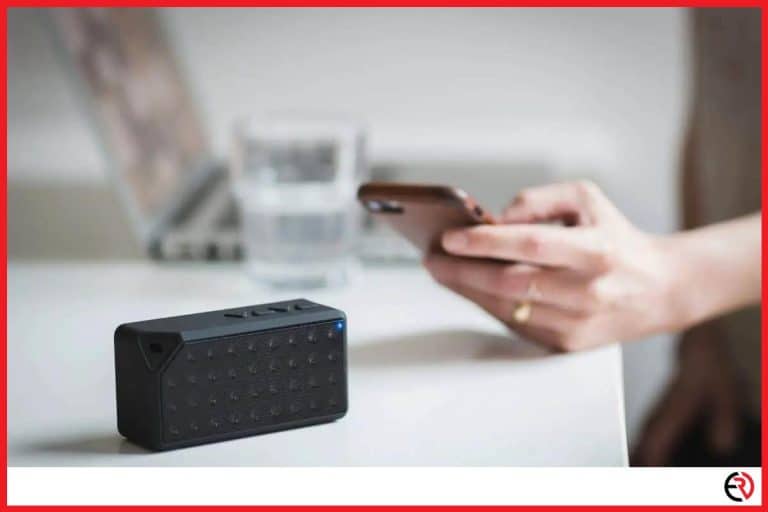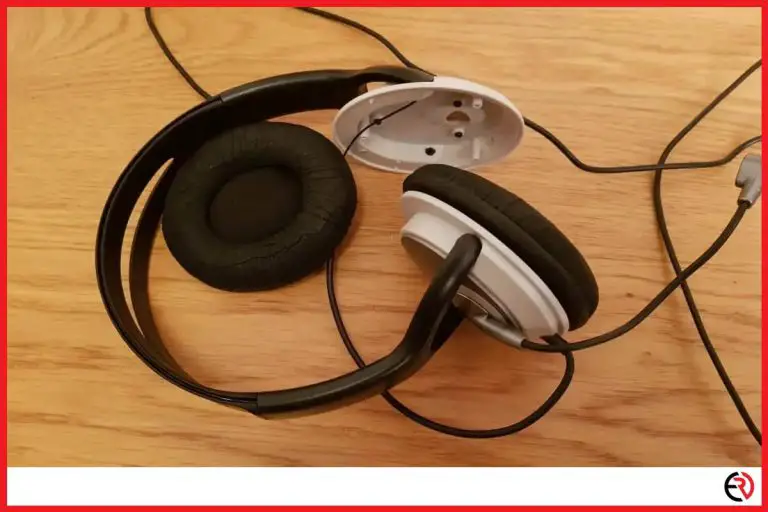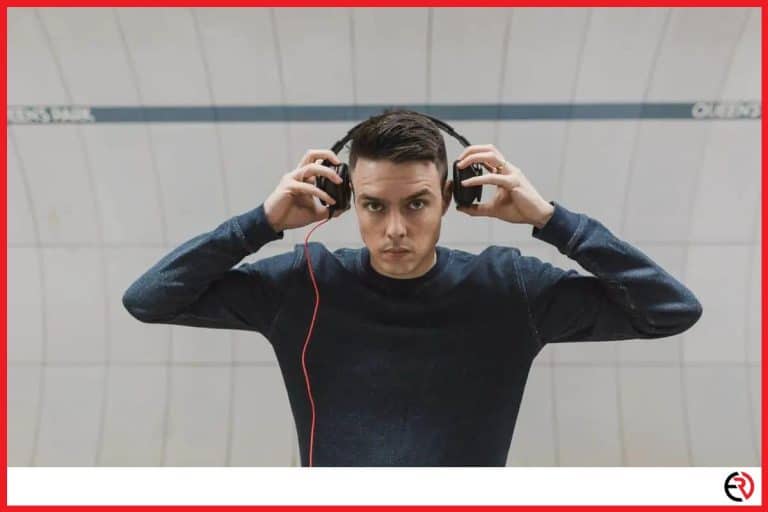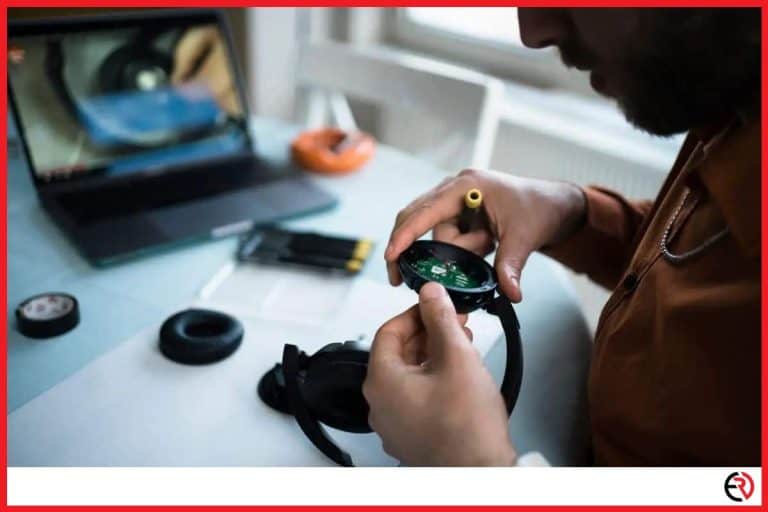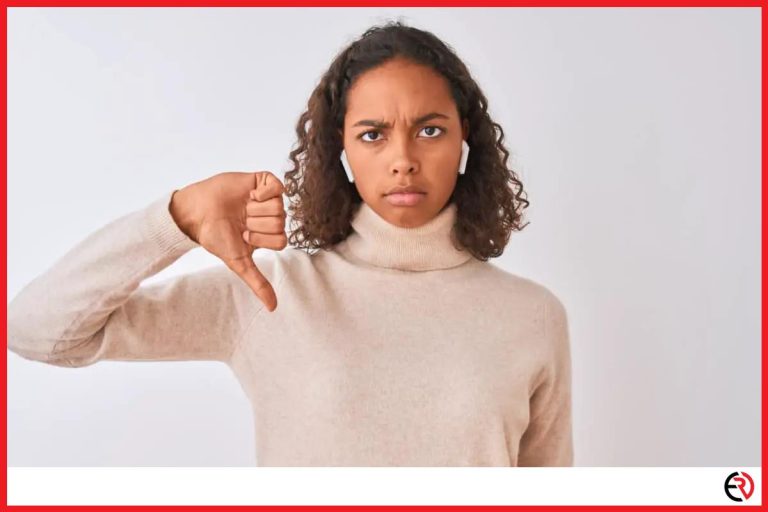Headphone Ear Pads (Different Materials and How to Replace)
This post may contain affiliate links which means that, if you choose to make a purchase, I may earn a small commission at no extra cost to you.
Imagine a ship without a sail. That’s what your headphones are like without ear pads.
Ear pads are the most important parts of headphones. They don’t only determine how comfortable your headphones feel, but they affect your headphones’ sound quality and noise isolation levels as well.
Despite their importance, many people take them for granted. Hours of sweating, exposure to dust, and harsh environments are just some of the reasons why ear pads wear and tear over time.
The more you wear your headphones, the more you’ll see how good or bad your cushion pads are. Subpar earpads may not seem like a problem the first time you use them. However, after a short time, they can become uncomfortable. As a result, they slide around, which can be really annoying.
On the other hand, high-quality earpads are well designed and made of sturdy materials. As a result, they provide a great fit and maximum comfort. In fact, most well-known companies have made a reputation in the headphone industry simply because of their excellent ear pads.
When choosing an ear pad, there are a couple of things you have to consider― design and material. The design of your ear pads determines how much external sound (also known as noise isolation) can enter your ears. Well designed cushion pads provide excellent noise isolation.
In addition, the material of your ear pads affect how comfortable you feel when wearing your headphones. They can also affect your headphones’ sound quality and noise isolation levels.
Speaking of materials, here are the different cushion pad materials that you should know.
Ear Pad Materials
- Authentic Leather
Real leather is one of the finest materials used in covering ear pads. They might be expensive, but trust us, they are totally worth it. Authentic leather is made from the skin of various animals such as goats, cows, lamb, and pigs. Due to this, real leather is porous, making it breathable. This means that even if you sweat a lot, your headphones will do just fine.
Authentic leather is also very durable. It can last for many years, which makes it the best cover for cushion pads. It also looks better and feels softer on your ears over time.
- Protein Leather
Protein leather is a type of synthetic leather made from protein powder and resin. Another variation of protein leather is made using egg shells. What people like about it is that it’s vegan and cruelty-free.
In addition, protein leather is an affordable substitute for leather. High-quality protein leather closely feels like real leather. They can last long, but not as long as authentic leather. On the downside, low-quality protein leather can degrade within months, so watch out for them.
- Suede
Suede is made from the underside of animal skin (usually lamb). Suede has a soft surface, making it an ideal cover for ear pads. However, they are thinner than traditional leather, so they last for a shorter amount of time.
In addition, suede ear pads feel flowy on the skin, which means that they are breathable enough to be worn for many hours. They also feel lighter than regular leather, which means that they won’t weigh heavily on your ears.
- Velour
Velour is a type of knitted textile. It is usually made of cotton, or in some cases, synthetics like polyester. It is a soft, plush fabric similar to velvet. The only difference is that it’s more affordable.
Additionally, velour seamlessly drapes on your ears, making it an ideal ear pad material. It is also flexible, which means that it can endure being stretched for extended periods of time.
- Vinyl Leather
Also known as faux leather, vinyl leather is another synthetic leather made by combining plastic and fabric (usually cotton or polyester). Unlike authentic leather, vinyl leather has a uniform weave which means that it’s not as breathable as traditional leather.
Vinyl leather does not work well at high temperatures. This means that they’ll feel uncomfortable when exposed to body heat for a long time. Due to its stiff characteristic, vinyl may crack within months.
How to Replace Headphone Ear Pads (Step by Step Instructions)
- Measure the dimensions of your headphones.
The first step is to get the diameter of your ear pads. Get a ruler or a tape measure. Place it in the middle of your headphones’ ear cups. Take note of the measurement.
The sizes of replacement ear pads usually come in millimeters. So, make sure that you’re using the side with the millimeter measurements. If not, just use a conversion table.
Standard sizes of replacement cushion pads are 55 mm, 60 mm, 65 mm, and 70 mm. For example, if your ear cups’ diameter is 63 mm, you should get the 65-mm replacement ear pads.
- Look for the right replacement earpads.
Open your phone or laptop and go to Amazon (links of replacement ear pads for popular headphones will be provided below). Type the ear pad size that you need, along with the specific material. If you have a budget, you can factor that in as well.
Carefully read the specifications of the cushion pads you chose to avoid unpleasant surprises. Sometimes, the specifications are different from the product title. If you’re not sure about which to believe, contact the seller. You can also read customer reviews to make sure that you’re getting what you hope for.
- Double check the product.
Once the ear pads arrive, check the measurements in case they sent you the wrong pair. Get a ruler or tape measure again and place it in the middle of the cushion pads.
If the measurement you got is a half or quarter millimeter more or less than the expected size, don’t worry. It should fit just fine.
- Remove your old cushion pads.
Now that you already have your replacement ear pads, it’s time to remove your earpads. Some headphones have earpads that are easy to remove, while others don’t.
If your headphones have easy-to-remove earpads, grab by the corner and gently remove the ear pads. If the ear pads are hard to remove, you can use a screwdriver with a flat head or any tool available. Just make sure that the tool you use is not sharp as it may damage your headphones.
- Clean your headphones.
After removing your old ear pads, you must get rid of the dirt on your ear cups. You can use a gentle brush or a soft fabric to do this.
If you choose to use a brush, gently move it back and forth on the ear cups until all of the dirt is removed. If you decide to use a soft fabric, gently wipe the dirt off in circular motions. Don’t use water or any cleaning agent as this might damage your headphones.
- Prepare your new ear pads.
Get your new ear pads and gently tug its lining to expand it. This is important so the replacement cushion pads will easily fit into your headphones’ ear cups. Make sure that the whole lining was properly stretched.
- Put the new ear pads on your headphone.
Pull a corner of your ear pad and hook that part to the ear cup. Then, move your ear pad in a circular motion. It should slide down smoothly. Do this until all of the cushion pad securely fits the ear cup. Do the same for the other side.
Popular Headphones and Replacement Ear Pads
| Headphone Models | Replacement Ear Pads |
| Sony WH-1000XM3 | Link to Amazon |
| Beats Studio 2.0 Wired & Wireless B0500, B0501, and Beats Studio 3.0 | Link to Amazon |
| Bose Quiet Comfort QC 2, QC 15, Q C25, and QC35 | Link to Amazon |
| Turtle Beach Ear Force XO Seven Pro Premium | Link to Amazon |
| Bose Noise Cancelling Headphones 700 | Link to Amazon |
| V-Moda M100 & Crossfade Series (Over-Ear | Link to Amazon |
| Logitech G433, G233, and G PRO | Link to Amazon |
Conclusion
While there are a lot of headphones with excellent ear pads out there, replacing your ear pads is a must. The truth is, ear pads, much like any accessory, don’t last forever. The sooner you accept that, the better.
Aside from degrading the sound quality and noise isolation levels of your headphones, old and cracked ear pads can be dangerous to your health as well. Cracked ear pads absorb too much sweat, they start to smell bad, and they are highly susceptible to bacteria. Cracked debris might also fall into your ears. You don’t want that, do you?
We know how important your headphones are to you. After all, it’s hard to hit the gym, travel around the world, play games, do calls, or listen to music without a comfortable, bacteria-free headphones.
So if you think that your cushion pads need to be replaced, don’t hesitate to buy a pair of replacement ear pads.

